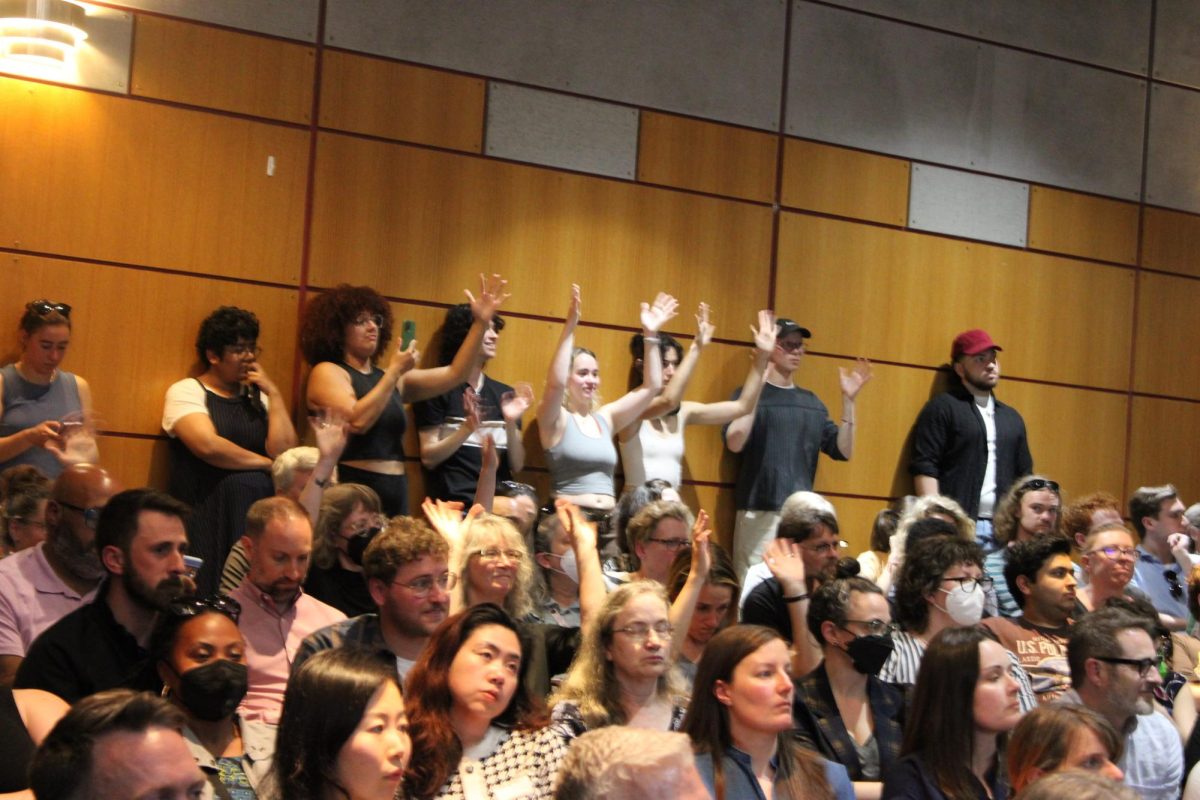There is a fundamental problem in what it means to be “verified” on social media. Under any given celebrity’s recent post there are at least 15 to 20 verified accounts commenting words of encouragement and praise for the user. Most of us won’t know who these accounts are, but we know they’re verified, which signifies a level of trustworthiness.
Aspiring influencers dream of getting the “blue check” while household names shrug it off. It’s a sign of prestige and honor that many seem to forget also represents accountability. Verified accounts, from NBA players to models, are beacons of trust for a new generation of social media-raised youth.
Like many ordinary users, verified accounts don’t always have the best intentions and their platforms can be used as vehicles to spread propaganda, misinformation and conspiracy theories to millions of malleable users.
The current verification system needs to be altered or removed altogether if it’s to prove at all effective in the coming years. First, let’s look at what it takes to become verified. According to Instagram, a “blue check” means “Instagram has confirmed that an account is the authentic presence of the public figure, celebrity or global brand it represents.”
Twitter follows the same guidelines, despite the purpose of Twitter and Instagram being drastically different. Instagram is used as a photo-sharing app primarily by Generation Z and Millennials, with 36.2 percent of global users identified between the ages of 13 and 24. On the other hand, Twitter serves as a news-sharing platform with a 280-character limit where 52 percent of users fall between the ages of 25 and 49.
Instagram users, with a lower average user age, are more susceptible to falling victim to hackers and, more importantly, the spread of false information. This raises the first major issue with the verification system, which I’ll call “staying in your lane.”
Verified users’ comments stick out like a sore thumb when the bright blue check follows, so they carry the responsibility of being trusted. This goes both ways, however, and staying in your lane becomes an issue when verified entertainers begin sharing their political beliefs. The issue is not that the entertainer is sharing their political beliefs but rather there is no distinction in the blue checkmark after their name and a politician’s name.
We need a distinction between verified accounts on Twitter and Instagram to ensure that users know an entertainer is an entertainer and not a politician. Right now, the blue verified icon represents anyone and everyone who is verified; Sen. Bernie Sanders and Ben Shapiro are both verified on Instagram and Twitter. Sen. Sanders has been a United States senator for the past 14 years while Shapiro is a political commentator; one of them is a politician and the other acts like a politician. A user who doesn’t know either of them but sees the blue checkmark could have trouble distinguishing who to trust.
Making a distinction in color could be a good start. Blue checks would be for household names, like Oprah. Blue would represent the public figures that transcend the industry in which they rose to prominence. Green would be for current politicians, like congressmen and mayors. Yellow would be for journalists and writers, like Bob Woodward and Dan Rather. And finally, red, for your beloved entertainers and influencers. Despite what Instagram outlines in its qualifications to be verified, brands like Oreo and Prada would be separated from the bunch, operating with an orange checkmark to signify their commercial presence.
While this may sound unnecessary and showy, it would surely be effective. Users who can’t make the distinction between politicians and political commentators would no longer have this problem. “Even if you leave an industry or stop doing the thing that you became well known for, you won’t lose your badge,” said New York Times Style reporter Taylor Lorenz.
This new verification system would ensure former governors and elected officials will no longer have their checkmark once they’ve left office. Unlike the current system, revoking the icon doesn’t mean that users can’t get it back, but if they no longer have a role in the industry they got a checkmark for, there is no reason for them to still have it.
With a new generation of children growing up on social media, the guidelines made for an already grown population need to be changed to reflect the increasingly younger, more impressionable user base. Handing out verification badges left and right creates an oversaturated platform of social media-celebrities with the stage to spread their views without the credibility to back them. This system needs to be changed before misinformation and the proliferation of fake news becomes something mothers have to warn their children about. The big bad (virtual) wolf is no longer the ominous figure who lurks within the shadows, it’s the influencer with millions of followers and a bright blue checkmark.
It’s not too late but we’ve got to start somewhere. Badge or no badge, the time is now, and if we don’t act soon the trust of a whole generation will lie within a tiny blue checkmark.
Max Schwartz can be reached at [email protected]. Follow him on Twitter @maxwschwartz.


















